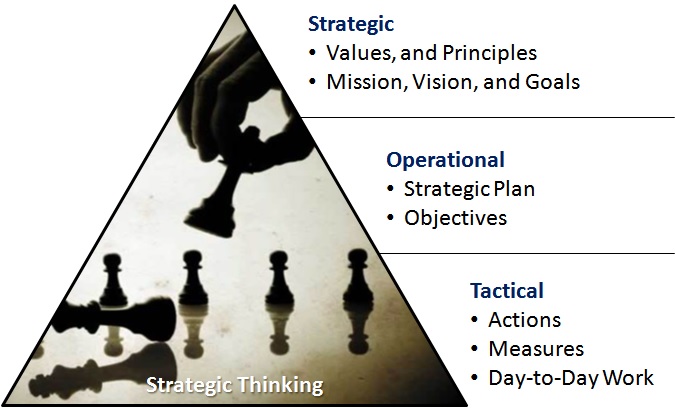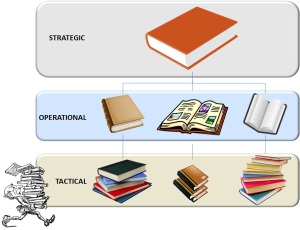True Success … for most of us … takes time! 🏅⏰
“Great things are not done by impulse, but by a series of small things brought together.” Vincent Van Gogh
This is not a brag fest email–just sharing a personal success story. It’s about being consistent and constant, while focusing on things bigger than yourself.
For 30 years, I’ve been building my knowledge, skills, and experiences in business improvement. For 16 of those years, I’ve been following a personal 20-year strategic plan.
Three years ago, I had great conversations with a company that was doing incredible things and was faced with incredible opportunities. Our timing wasn’t right.
However, I followed this company for the past three years, watched their progress, and stayed in touch.
Two months ago, the company reached out — they had been watching me on LinkedIn too. Our conversations three years ago made more sense now — they were ready.
This week, I started working with them on a strategic engagement and it is so incredibly exciting! My 30-years’ experience is coming to bear on a company that truly appreciates me and what I have to offer.
I am looking forward to huge successes with them!
#success #incubator #business #coaching #consultants
Crosscutter Enterprises
www.crossctr.com

 Leadership is a dying art in the world today. The great leaders of the past are found few-and-far between these days. There are some that have been fairly successful leaders that have rose to an iconic status, but have they been truly great leaders or just really successful at running something?
Leadership is a dying art in the world today. The great leaders of the past are found few-and-far between these days. There are some that have been fairly successful leaders that have rose to an iconic status, but have they been truly great leaders or just really successful at running something?


